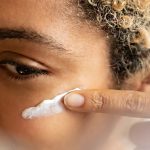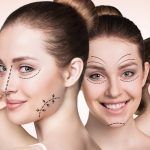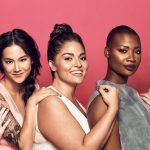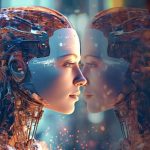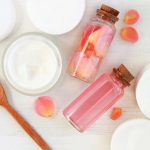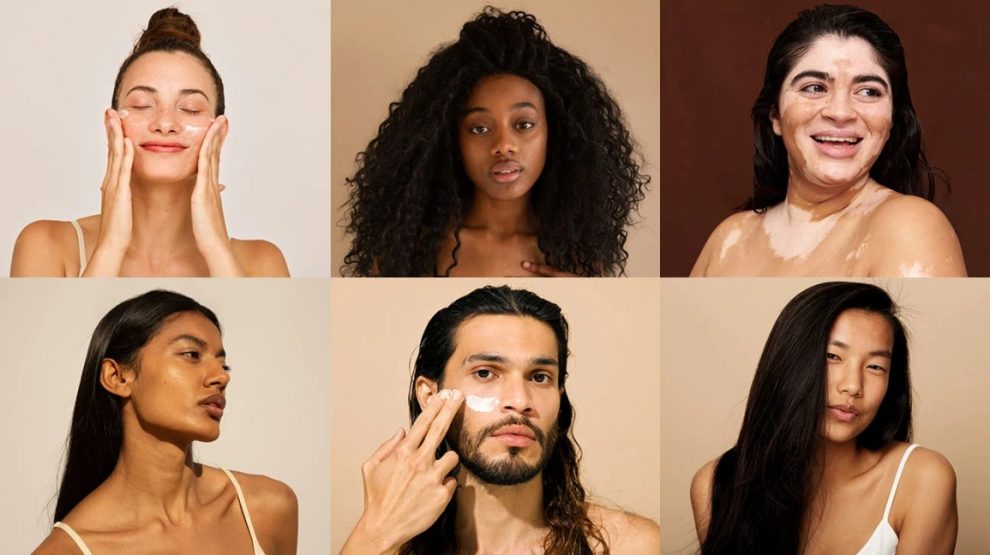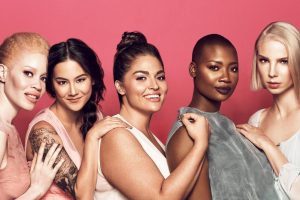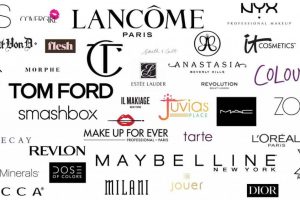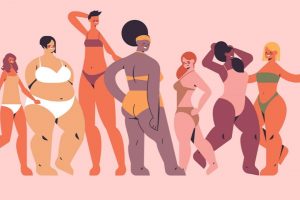
Beauty is a universal concept that has been ingrained in human societies for millennia. However, the standards and ideals of beauty have varied immensely across different cultures and historical periods. In recent years, the demand for diversity in beauty representation has grown. This article will delve into the historical perspective of beauty diversity, highlighting the changes, the influences of technology, and drawing upon examples from the public eye.
Beauty Standards in History
Historically, beauty ideals have often been based on economic, social, and environmental factors. For instance, in the European Middle Ages, pale skin was highly prized as it signified wealth and leisure, unlike the tan skin of laborers who toiled outdoors. However, in some contemporary societies, tanned skin is often seen as desirable, representing a lifestyle of leisure and holidays.
In the 20th century, the beauty industry began to shape and influence beauty standards on a global scale. Think of the Hollywood stars of the 1950s like Marilyn Monroe, whose voluptuous figure became the emblem of beauty. By contrast, the supermodel era of the 1980s and 1990s, led by Kate Moss, glorified a very slim, almost androgynous body type, showing how beauty ideals could dramatically shift within decades.
The Advent of Technological Influence on Beauty Diversity
With the onset of the digital age, technology has become a significant player in challenging and reshaping beauty standards. Social media platforms like Instagram and YouTube have democratized beauty by offering a platform for diverse beauty influencers. People from all walks of life can share their unique beauty standards and styles, challenging the one-size-fits-all approach that has long dominated the media and the beauty industry.
For instance, beauty influencers like Jackie Aina have used their platforms to criticize the lack of diversity in beauty products, leading to real industry change. Aina’s collaboration with Anastasia Beverly Hills to create an inclusive eyeshadow palette for darker skin tones is a testament to this shift.
Moreover, augmented reality (AR) technology has revolutionized the way consumers interact with beauty products. Apps like YouCam Makeup provide a platform for users to try on different makeup looks on various face shapes, skin tones, and ages, embracing beauty diversity and inclusivity.
Celebrity Influence on Diversifying Beauty
Celebrities have significant influence over societal beauty norms. They have the power to redefine and broaden beauty standards. Actress Lupita Nyong’o, with her deep skin tone and natural hair, has become a global beauty icon, breaking the stereotypical notions of beauty. She once eloquently said, “You can’t rely on how you look to sustain you. What is fundamentally beautiful is compassion for yourself and for those around you.”
In addition, singer Rihanna has made a notable impact with her cosmetics line, Fenty Beauty. She launched the brand with 40 foundation shades, a revolutionary step highlighting the need for diversity in beauty products. This move has created a ripple effect in the industry, with many brands following suit, a phenomenon now referred to as “The Fenty Effect”.
Conclusion: Beauty Diversity Moving Forward
Understanding the historical perspective of beauty diversity helps us appreciate the progress we’ve made while recognizing the distance we still have to go. From the societal ideals of the past to the influencer-led beauty standards of today, it’s clear that beauty is an ever-evolving concept.
As technology advances and the push for inclusivity becomes more prevalent, we hope to see even more diversity in the representation of beauty. As actress Emma Watson so aptly put it, “Beauty is not long hair, skinny legs, tanned skin or perfect teeth. Believe me. Beauty is the face of who cried and now smiles, beauty is the scar on your knee since you fell when you were a kid, beauty is the circles when love doesn’t let you sleep, beauty is the expression on the face when the alarm rings in the morning, it’s the melted makeup when you have a shower, it’s the laughter when you make a joke you’re the only one who can understand, beauty is meeting his gaze and stopping understanding, beauty is your gaze when you see him, it’s when you cry for all you paranoias, beauty is the lines on your face when you grow old, beauty is the light in your soul. Be beautiful.”
Let’s redefine beauty as an inclusive concept, celebrating the diversity in every one of us. Because in truth, beauty is as diverse as humanity itself.

